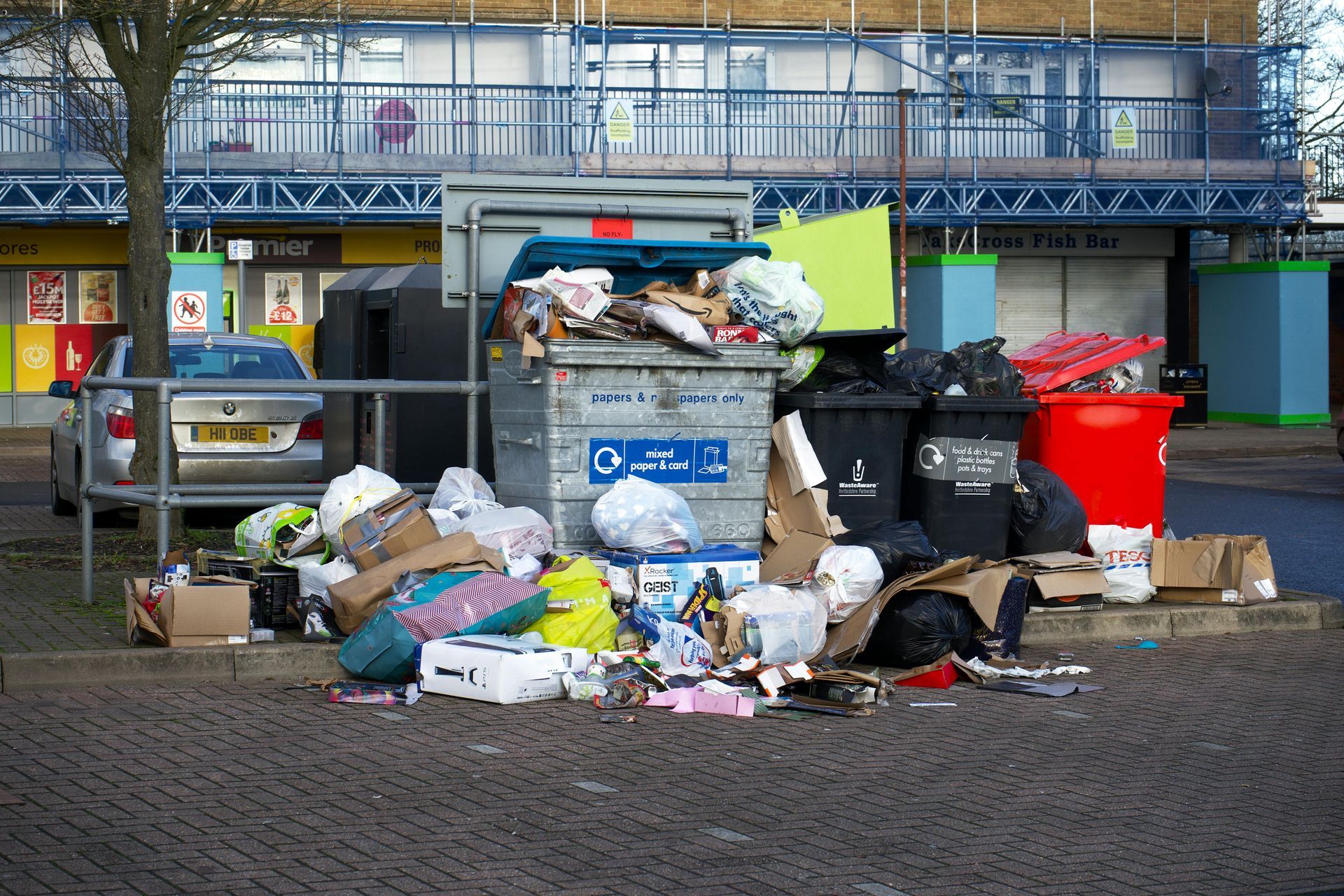The Environmental Impact of E-Waste: Why Responsible Junk Removal Matters

In today's digital age, technology is advancing at a rapid pace, leading to shorter product lifecycles and an ever-growing stream of electronic waste, or e-waste. From smartphones to laptops, tablets to TVs, our insatiable appetite for the latest gadgets comes with a hefty environmental price tag. As these electronic devices become obsolete, they often end up discarded in landfills or improperly recycled, posing significant environmental risks. In this blog post, we'll delve into the environmental impact of e-waste and why responsible junk removal is crucial in mitigating its adverse effects.
E-waste, which includes electronic devices nearing the end of their useful life, presents a myriad of environmental challenges. Many electronic devices contain toxic substances such as lead, mercury, cadmium, and brominated flame retardants, which can leach into the soil and water if not disposed of properly. When e-waste is dumped in landfills, these hazardous materials can contaminate the environment, posing serious health risks to both humans and wildlife.
Moreover, electronic devices often contain valuable metals like gold, silver, and copper, which are extracted through a process that involves mining and refining. Mining for these precious metals not only depletes natural resources but also contributes to habitat destruction, soil erosion, and water pollution. By properly recycling e-waste, we can recover these valuable materials and reduce the need for further extraction, thereby lessening the environmental impact of mining activities.
Furthermore, the improper disposal of e-waste leads to significant energy wastage. Electronic devices are comprised of various components, including metals, plastics, and glass, all of which require energy to manufacture. When e-waste is sent to landfills, these materials are effectively lost, and the energy invested in their production goes to waste. By recycling e-waste and reclaiming its components, we can conserve energy and reduce greenhouse gas emissions associated with manufacturing new products.
But the environmental impact of e-waste extends beyond landfills. Illegal e-waste dumping, often occurring in developing countries, poses grave environmental and health hazards. In these countries, lax regulations and inadequate infrastructure make them prime destinations for wealthy nations looking to dispose of their electronic waste cheaply. As a result, impoverished communities are left to deal with the toxic fallout, leading to contaminated soil, polluted waterways, and adverse health effects for residents.
To combat the growing problem of e-waste and its environmental ramifications, responsible junk removal is paramount. This entails not only disposing of electronic devices in an environmentally friendly manner but also promoting the reuse and recycling of e-waste wherever possible. Many electronic devices can be refurbished and resold, extending their lifespan and reducing the need for new production. Likewise, recycling e-waste ensures that valuable materials are recovered and reused, mitigating the need for further resource extraction.
Fortunately, there are several ways individuals and businesses can contribute to responsible e-waste disposal. Many municipalities offer electronic waste recycling programs, allowing residents to drop off their old devices at designated collection points. Additionally, there are numerous certified e-waste recyclers that specialize in the proper dismantling and recycling of electronic devices, ensuring that hazardous materials are handled safely and efficiently.
Moreover, manufacturers play a crucial role in addressing the e-waste problem. By designing products with longevity and recyclability in mind, companies can reduce the environmental footprint of their electronic devices. Extended producer responsibility (EPR) schemes, which hold manufacturers accountable for the end-of-life disposal of their products, incentivize companies to adopt more sustainable practices and invest in closed-loop recycling systems.
In conclusion, the environmental impact of e-waste is significant and far-reaching, affecting ecosystems, communities, and future generations. Responsible junk removal is essential in mitigating the adverse effects of e-waste, from reducing pollution and conserving resources to protecting human health and the environment. By adopting sustainable practices, recycling electronic devices, and advocating for stricter regulations, we can work towards a future where e-waste no longer poses a threat to our planet.











